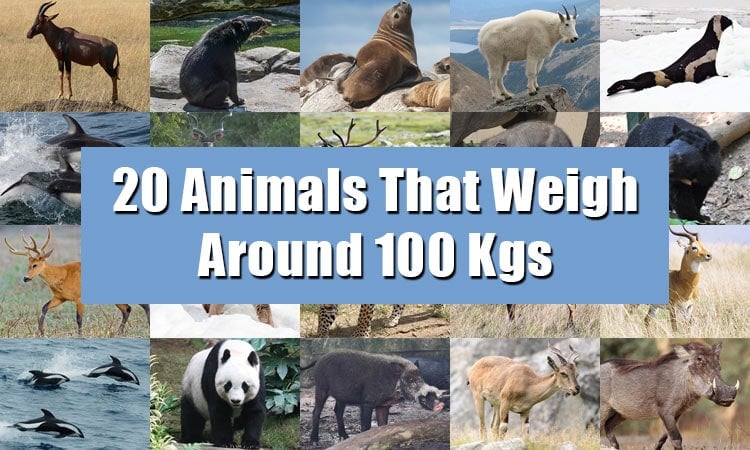Whales are extraordinary creatures, ranging from smallest dwarf sperm whales to the gigantic blue whale with weights of over 190 tons. As some of the most massive creatures to have ever lived on the planet, when it comes to tipping the scales, the world’s heaviest whales are also some of the most fascinating.
List of the 10 heaviest whales in the world. The list below shows the top ten heaviest whale species in the world from heaviest to lightest based on approximate largest confirmed weights in pounds:
- Blue whale – 410,000 lbs.
- North Atlantic right whale – 230,000 lbs.
- Bowhead whale – 220,000 lbs.
- Humpback whale – 198,000 lbs.
- North Pacific/Southern right whale – 176,000 lbs.
- Fin whale – 163,000 lbs.
- Sperm whale – 126,000 lbs.
- Sei whale – 83,000 lbs.
- Gray whale – 79,000 lbs.
- Bryde’s whale – 55,000 lbs.
Each species has unique habits and characteristics, setting them apart. Each specific type of whale is explained below with their specific habitat and migration habits and the normal weight ranges.
Blue Whale
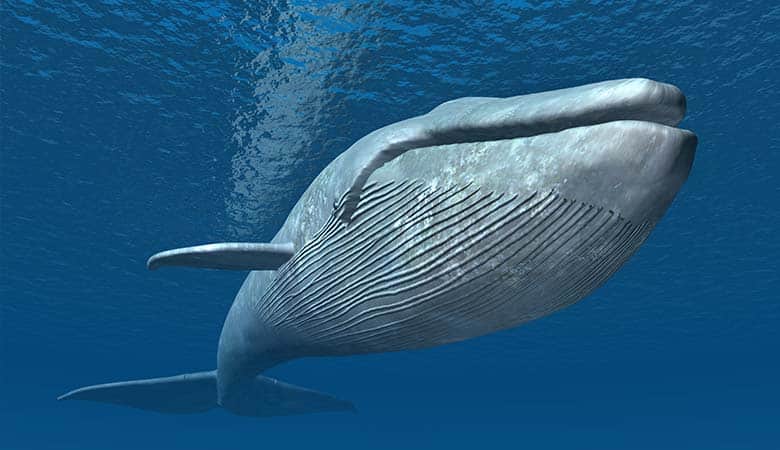
Some of the top weights recorded for blue whales can exceed 400,000 pounds. The blue whale is the largest animal recorded to ever live on the plant, including any species of dinosaur.
These massive, gentle giants can range up to 90 feet in length. Female blue whales tend to weigh slightly more, ranging between 200,000-240,0000 on average, whereas their males range from 170,000-200,000 pounds.
Broken down into five subspecies, blue whales have a habitat that spans all of the world’s major oceans, with migration patterns unique to each subspecies. Blue whales sustain themselves on a diet of krill, that is caught in their hair like baleen.
Along with several other species of whales, the practices of the whaling industry in the late nineteenth century vastly impacted the population of blue whales. Global efforts were undertaken by the International Whaling Commission to help aid with the preservation of the various species of whales. Blue whales remain on the endangered species list today, as there are only believed to be about 10,000-25,000 left in existence.
Typically, mother blue whales only produce one calf every two to three years if they are healthy, making the repopulation a slow process. Blue whales are also at risk of ship strikes, entanglement, ocean noise, pollutants, plastics/microplastics, oil, disease/toxins, and climate change.
North Atlantic Right Whale
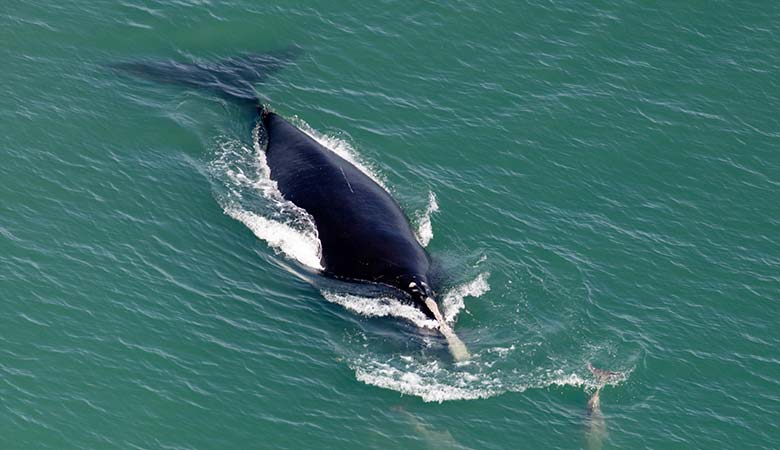
Some of the top recorded weights for the North Atlantic right whale are 230,000 pounds. The largest of the three subspecies of right whales, the North Atlantic right whales typically range from 80,000 pounds to 150,000 pounds for adults.
The North Atlantic right whale is one of the most endangered whales, with only approximately 400 of them remaining in the world.
These whales are most easily recognized by their white callouses on their heads. Their habitat ranges from the southern to the New England coast of the United States, all the way up to the far western coasts of Europe.
Bowhead Whale
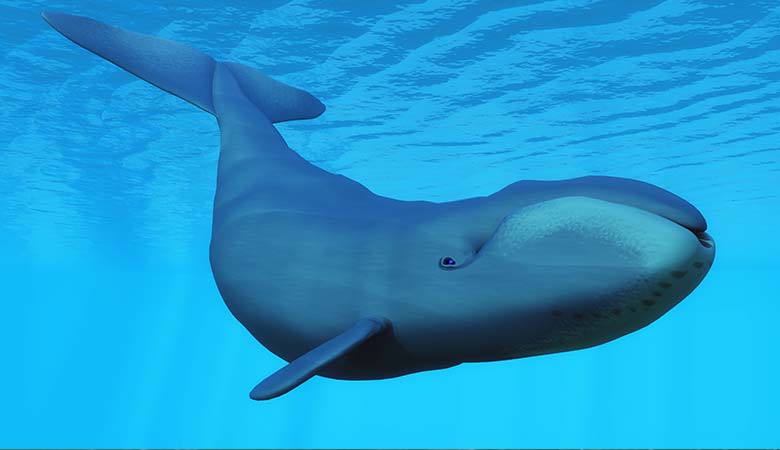
The bowhead whale inhabits the northernmost arctic oceans and has adapted to the much colder living conditions in its native waters. They have layers of blubber 2 feet thick in some areas of their bodies, contributing to their enormous weight.
The largest recorded bowhead whales weigh up to 220,000 pounds. Bowhead whales were one of the first species of whales that felt the impact of whaling activities, and three of the subspecies currently reside on the endangered species list. The bowhead whales prefer the waters of the arctic and sub-arctic oceans.
Humpback Whale
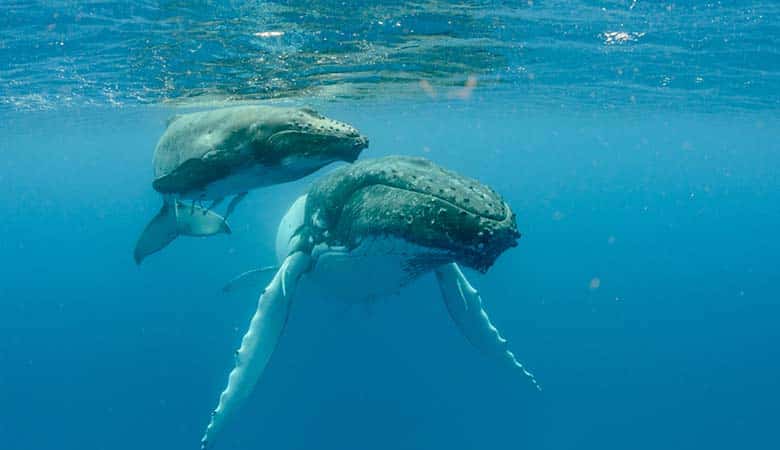
One of the largest recorded female humpback whales weighed in at approximately 198,000 pounds. The normal range for their weight tends to be 40,000-60,000 pounds on average.
The sheer area that the humpback whale inhabits naturally allows for a lot of fluctuation in size within the species. Humpback whales range the globe migrating up to 16,000 miles, depending on their pod. Humpback whales are some of the most frequently seen on whale watching tours.
Humpback whales were widely impacted by whaling activity, nearly to the point of full extinction, and there are now estimated to be roughly 80,000 of the species remaining worldwide.
Northern Pacific and Southern Right Whales
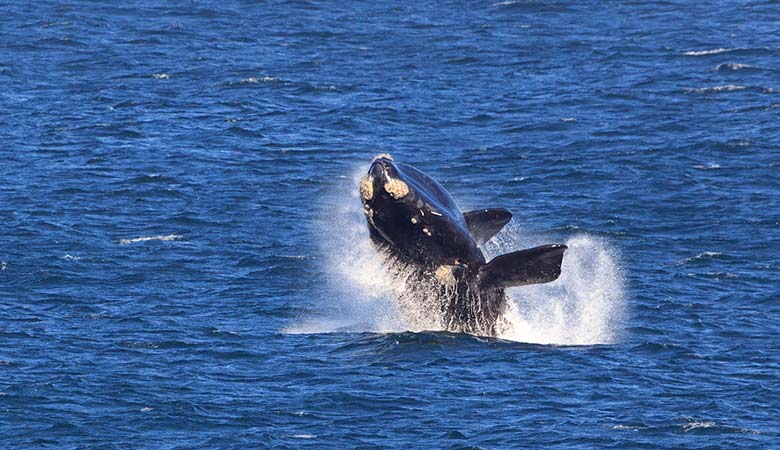
Grouped together, these two subspecies of the right whale both have a top recorded specimen of 176,000 pounds.
In addition to their shared record, the two subspecies are baleen whales. The primary difference between the two is that the southern right whales inhabit anywhere in the southern hemisphere and migrate between the southern Antarctic coasts, to the southern coasts of South America and Africa. The Northern Pacific subspecies have a higher rating on the endangered species list and primarily is found in the Bering Sea and the Gulf of Alaska.
Fin Whale
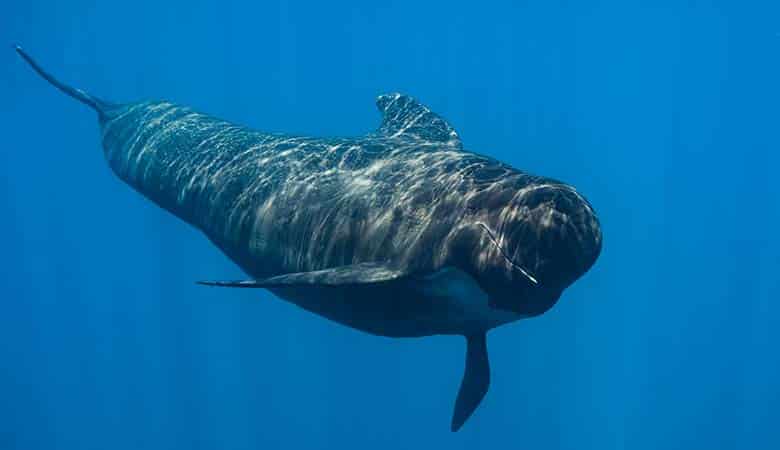
With an average weight of 100,000 pounds, the Fin whale is one of the largest average whales on the list following the blue whale; however, their top recorded weight was approximately 163,000 pounds.
Fin whales prefer the deeper offshore waters of all the major oceans. They migrate from the Arctic to the Antarctic waters throughout the year, with their breeding grounds in the temperate, tropical waters.
Fin whales have been known to breed with their massive, blue whale counterparts allowing for documented cases of hybrid species.
Sperm Whale
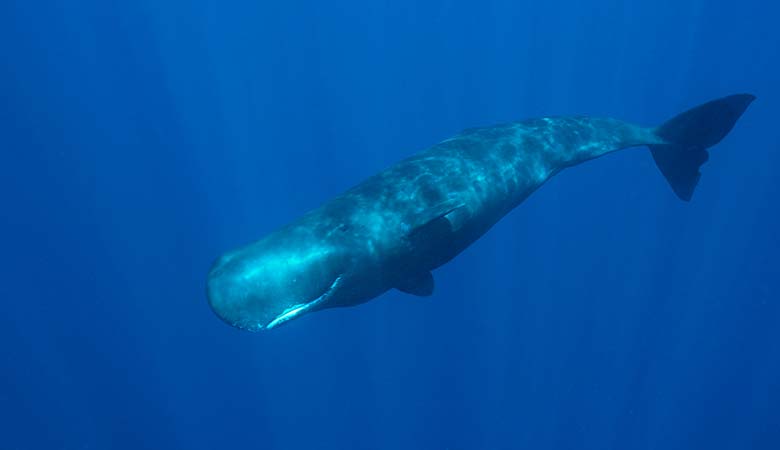
Sperm whales are also called a cachalot. Different than the companion species above, sperm whales are a toothed whale. They are technically the largest toothed predator.
The highest recorded weight for a sperm whale was 126,000 pounds, while their normal average weights vary from 77,000 to 130,000 pounds.
One of the most well-known breeds of whales, due to the popularity of the novel Moby Dick, the sperm whale was heavily impacted by whaling and are still raised to elevated concern on the conservation and endangered species lists.
The largest risks for sperm whales being fishing activities and collisions with ships as they inhabit waters that are more commonly traversed.
Sei Whale
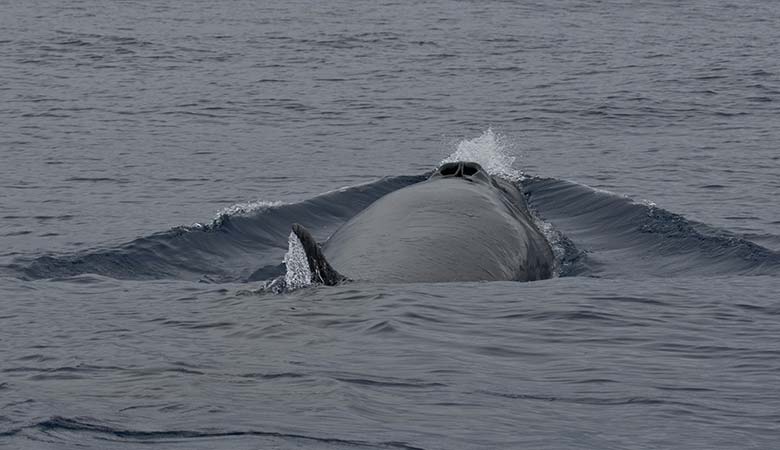
Preferring deep, off-shore waters, the sei whale inhabits most of the world’s oceans and adjoining seas.
The largest recorded weight for the sei whale is approximately 83,000 pounds, though their average weight range can be anywhere from 24,000 and 34,000 pounds.
Sei whales are also baleen whales, sustaining themselves off krill and various zooplankton. The sei whale is still on the endangered species list, though the outlook is much more optimistic following global restrictions on whaling operations.
Gray Whale
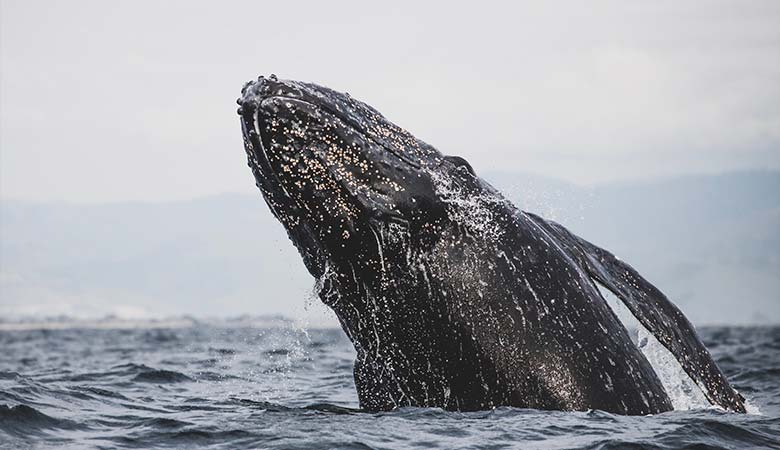
The gray whale has an average weight of 34,000 to 70,000 pounds, though the highest recorded weight is approximately 79,000 pounds.
Gray whales are most commonly found in the northern Pacific Ocean, near the northeastern coasts of Asia and the northwestern coast of North America, though recent sightings have lead scientists to question if their numbers and breeding grounds are returning to pre-whaling areas and numbers.
A gray whale holds the record for the longest migration of any animal on record, spanning a distance of over 22,000 kilometers.
Bryde’s Whale
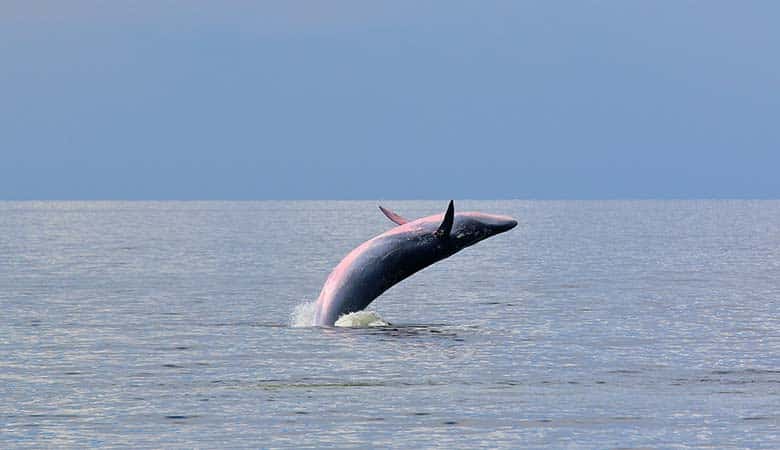
Bryde’s whale is comprised of two to three species of rorquals that are still being studied and classified and are considered the Bryde’s whale complex. Rorqual refers to the larger species classification for the large baleen whales.
The most common Bryde’s whale is found in warmer tropical waters of the world’s oceans. Primarily feeding on anchovies, Bryde’s whale is often confused with the sei whale that inhabits the same area. Though Bryde’s whale is markedly smaller than the sei whale.
The highest recorded weight for a Bryde’s whale is 56,000 pounds, with their average weights ranging from between 26,000 and 55,000 pounds. One of the few species of whales to fall on the “not concerned” list, the species is not currently endangered.
Sources
https://ocean.si.edu/ocean-life/marine-mammals/what-largest-whale-cetacea-size-comparison-chart
https://2seewhales.com/blog/how-big-are-whales/
https://dinoanimals.com/animals/largest-biggest-heaviest-whales-top-10/
https://en.wikipedia.org/
https://www.worldwildlife.org/
https://www.fisheries.noaa.gov/
https://www.acsonline.org/

